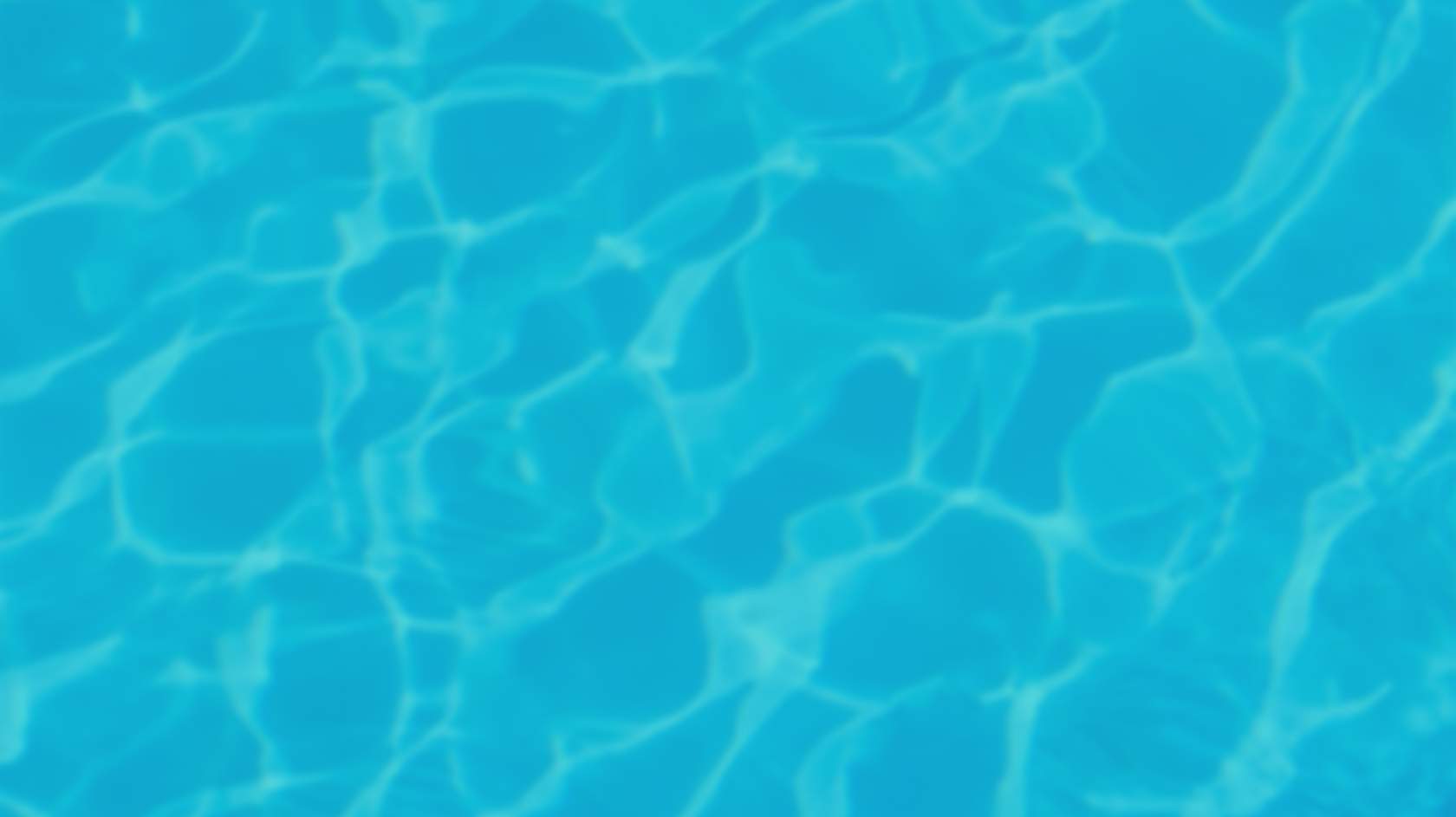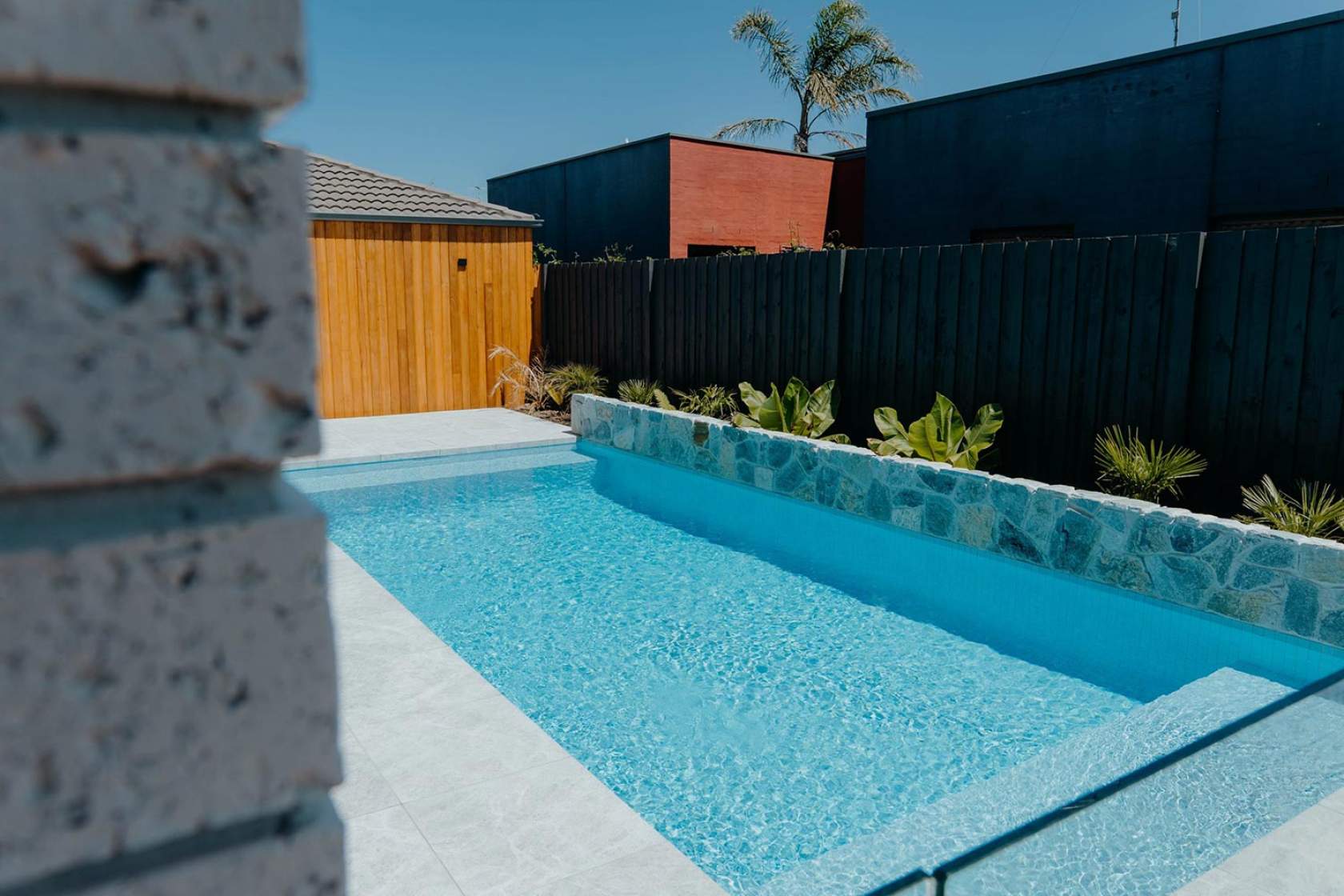

- Home >
- Caring for your Pool & Spa >
- Water Quality > Handling Chemicals
Pool & Spa Chlorinators
Many products used in pools and spas are dangerous goods, the correct handling and storage is very important for the health and safety of you and your family.
Transporting of chemicals
When transporting chemicals in your car, make sure they are secured to prevent them from mixing in the event of spillage or an accident. Eg never carry chlorine and acid together in the boot of your car, keep them separate.
Storage of chemicals
Store chemicals in a way to prevent accidental breakage or leakage and keep them out of reach of children and pets. Ensure they are stored in a cool, dry and well-ventilated place, away from other chemicals, household and garden products, petrol and metallic objects. Make sure all chemicals are clearly marked so that you do not confuse labels and container colours.
Safe handling of chemicals
You should always use gloves and protective eyewear when handling chemicals. Always add chemicals to a bucket containing water – not the other way around. Adding water directly to a chemical is dangerous.
NEVER MIX CHEMICALS - this could lead to an extremely violent reaction (explosion!) and/or the production of toxic fumes. Even different chlorines can react violently when mixed. Do not use the same bucket for diluting different chemicals. Never interchange measuring scoops between products.
Always read the instructions on the labels of pool or spa chemicals and other products and follow them carefully.
As a general rule, you are far better off adding small amounts of chemicals at a time whilst running the filter, and then testing the effects after several hours. Attempting large chemical changes by adding large amounts at a time can result in an imbalance in the water, which is more difficult to fix and maintain.
Have the filter pump running when you are adding chemicals to the pool water to ensure proper mixing and distribution. Always add maintenance products to the pool water separately and in different areas. Take care when putting product into the pool on windy days to prevent product blowing into your eyes or mouth and onto skin or clothes. Never inhale the fumes of the products.
Clean up any spills promptly. Small amounts can be hosed into the pool. Contact your local SPASA pool shop for advice on larger spills. They can also provide advice on the correct disposal of unused chemicals and containers.
In the event of accidental contact, or if the product is swallowed, follow the advice on the label and call your doctor and/or Poisons Information Centre (AU) 13 11 26 (NZ) 0800 764 766.
How to add chemicals to the pool
The pump must be running when you add chemicals. Do not swim for 2 hours after adding chemicals to the pool.
Liquid stabiliser dissolves quickly, giving a test reading within 20 minutes and can be poured through the skimmer box.
Granular stabiliser is slow to dissolve:
Method A: put the dose of stabiliser in a skimmer sock or old sock and hang it in the pool in front of one of the eyeball returns. It could take 4 days to a week to dissolve.
Method B: clean filter and add 500grams at a time into the skimmer box, every day until all the stabiliser has been added. To add 2 kg will take 4 days. Do not backwash or clean the filter during this time as you will flush stabiliser down the drain.
Do not sprinkle stabiliser directly into the pool. It is acidic and will bleach the surface. Stabiliser will lower pH and Total Alkalinity. Take a water sample to your local SPASA pool shop to re-balance the water. Swimming can continue during the addition of stabiliser.
Note: wear safety glasses when dosing acid.
To lower pH, pour acid into a bucket of fresh water, mix and then broadcast over the pool with the filter pump running.
Do not swim for 2 hours after adding acid.
Note: wear safety glasses when dosing acid.
Adjust pH to 7.2. Do not add Calcium Hardness Increaser for at least 4 hours after adding acid. Dissolve the Calcium Hardness Increaser in a bucket of water and stir with a stick. IT WILL GET HOT! Broadcast over the pool and run filter pump. Do not swim for 2 hours.
{slider title="Total Alkalinity Increaser (Buffer, Sodium Bicarbonate)"}
Mix in a bucket of water and broadcast over the pool and run filter pump. Do not swim for 2 hours.
Adjust pH to 7.2. Wait 2 hours then mix the algaecide in a bucket of water and pour around the edge of the pool. Do not swim for 2 hours.
Mix in a bucket of water and broadcast over the pool and run filter pump. Do not swim for 2 hours.
Gel clarifier cubes and sparkle pills can be put into the skimmer basket and allowed to slowly dissolve. Before using with a cartridge filter check if they contain alum, as the alum content will block the cartridge and should not be used.
Liquid Chlorine: Adjust pH to 7.2 – 7.6. Mix Liquid Chlorine in a bucket of water and broadcast over the pool.
Granular Chlorine (Calcium Hypochlorite): Adjust pool pH to 7.2 – 7.6 and use a stick to mix the Chlorine in a bucket of water and let stand for 2 hours. Pour the liquid portion into the pool and pour the residue down the drain.
Stabilised Chlorine (Di Chlor): Adjust pH to 7.2 – 7.6 and use a stick to mix in a bucket of water then broadcast over the pool.
Once a week tablets (Tri Chlor): must be put in a floating dispenser. You should not put them in the skimmer box as they are very acidic and may corrode parts of the pump. A 25,000L above ground pool will need 5 tablets in the floater, only use one type of tablet at a time as they could react together vigorously. Never remove the floating dispenser from the pool and leave out of the pool. Placing the dispenser back into the pool water after doing this could trigger a chemical reaction.
Note: wear safety glasses or at least your own glasses when dosing chlorine.
How to add salt to the pool
Salt sometimes contains mineral impurities and entrapped air, so it is important to take some simple steps to ensure the pool is not stained. Always run the filter pump prior to adding salt.
Make sure pH is between 7.2 - 7.6. You may need to add acid before adding salt. This pH will keep any impurities dissolved.
Make sure the Chlorine level is no more than 3.00ppm. High Chlorine levels will oxidise mineral impurities in the salt, like Iron and Manganese, causing brown stains (The higher the Chlorine level, the darker the stain). They may also react with some minerals in the salt, causing green discoloration of the water.
Completely dissolve the salt by cutting the bag, pouring into the pool, and brushing until all dissolved.
If you have to add more than 2 bags, you should add 2 bags each day.
Disconnect the pool cleaner. It may suck up some salt crystals which would cause the salt chlorinator to turn off because of high salt.
Occasionally the water may go cloudy after adding salt. This is due to air trapped in the salt which produces very fine bubbles and makes the water look cloudy. This will disappear in 24 hours.
